Understanding the Laser cleaning machine Technology
What is a Laser cleaning machine?
The Laser cleaning machine represents a cutting-edge technology engineered to remove contaminants and surface layers from various materials through high-intensity laser beams. Unlike conventional cleaning methods that rely on mechanical abrasives or harsh chemicals, this innovative approach utilizes the focused energy of laser light to effectively break down and eliminate unwanted substances such as rust, paint, and grime. This process not only ensures surface cleanliness but also preserves the integrity of the underlying material, providing a powerful solution for various industries.
How does a Laser cleaning machine work?
The operation of a Laser cleaning machine is predicated on the principle of photonic energy absorption. The machine emits a high-frequency laser beam that targets the surface contaminants. Here is a concise breakdown of the process:
- Absorption: When the laser beam strikes the surface, contaminants absorb the light energy, causing them to heat up rapidly.
- Vaporization: This intense heat causes the contaminants to vaporize or disintegrate, detaching them from the base material.
- Fume Extraction: The generated fumes and debris are often captured and removed through integrated suction systems within the machine, ensuring a clean working environment.
This precision cleaning method negates the risk of damage commonly associated with abrasive methods, making it an excellent choice for safeguarding delicate surfaces.
Key components of a Laser cleaning machine
A typical Laser cleaning machine is comprised of several essential components that enhance its functionality and efficiency. These include:
- Laser Source: The heart of the machine, responsible for generating the laser beam. It can vary from solid-state lasers to fiber lasers, each with specific advantages depending on the application.
- Control System: An advanced digital interface that allows operators to customize settings such as laser intensity, duration, and scanning speed to suit various cleaning tasks.
- Focusing Optics: These components manipulate the laser beam to achieve the desired focal point on the surface, providing control over the cleaning depth and precision.
- Chassis: The structural framework that houses and supports all components, often designed for mobility to facilitate various cleaning environments.
- Suction System: Integrated systems that help capture fumes and particulates produced during cleaning, ensuring compliance with safety standards and maintaining air quality.
Applications of Laser cleaning machine in Various Industries
Industrial applications of Laser cleaning machine
In industrial settings, the versatility of Laser cleaning machines has found applications across multiple sectors. Key applications include:
- Metal Fabrication: Laser cleaning is increasingly utilized to remove oxides, coatings, and impurities from metal surfaces, enhancing the quality of welds and ensuring proper adhesion for coatings.
- Aerospace: In the aerospace industry, where precision and safety are paramount, Laser cleaning helps prepare aircraft components for repair and maintenance by ensuring they are contaminant-free.
- Manufacturing: Laser cleaning aids in the maintenance of manufacturing equipment, ensuring prolonged operational efficiency by removing rust and scale from machinery parts.
Art restoration using Laser cleaning machine
In the realm of art preservation, Laser cleaning machines have emerged as invaluable tools for restorers and conservators. These machines allow for the gentle removal of layers of grime, varnish, and previous restoration efforts without damaging the original artwork. Laser cleaning is particularly effective on delicate surfaces, enabling restorers to unveil the original colors and details that may have been obscured over time. Furthermore, the precision of laser technology allows for selective cleaning, ensuring that only the unwanted layers are removed, thus preserving artistic integrity.
Environmental benefits of Laser cleaning machine
The environmental advantages of using Laser cleaning machines are becoming increasingly recognized. These machines often eliminate the need for harmful chemicals and abrasive materials, reducing negative impacts associated with traditional cleaning methods. The absence of chemicals not only mitigates the risk of environmental contamination but also enhances worker safety, as harmful exposures are significantly reduced. Additionally, Laser cleaning processes typically generate minimal waste, streamlining disposal efforts and further supporting sustainability goals.
Comparing Laser cleaning machine with Traditional Cleaning Methods
Advantages of Laser cleaning machine over sandblasting
When comparing Laser cleaning machines with traditional sandblasting methodologies, several advantages become evident:
- Surface Damage: Laser cleaning is non-abrasive, ensuring the underlying surface remains intact. In contrast, sandblasting can cause erosion and damage, particularly on softer materials.
- Precision: Laser cleaning allows for precision targeting, essential for intricate or sensitive parts that might be marred by abrasive techniques.
- Minimal Cleanup: Unlike sandblasting, which requires extensive cleanup due to generated debris, Laser cleaning produces minimal waste, simplifying post-cleaning processes.
Cost efficiency of Laser cleaning machine versus chemical cleaning
The financial implications of implementing a Laser cleaning machine compared to traditional chemical cleaning methods present compelling advantages. While the initial investment in Laser technology may be higher, the long-term cost benefits become apparent:
- Reduced Chemical Costs: The elimination of chemicals reduces ongoing operational costs.
- Labor Efficiency: Laser cleaning typically requires less manual effort, freeing up labor for more productive activities.
- Longer Equipment Lifespan: By reducing wear and tear on machinery, Laser cleaning can contribute to lower maintenance costs over time.
Effectiveness of Laser cleaning machine in surface preparation
Surface preparation is a critical step in numerous industrial processes, including painting, coating, or welding. Laser cleaning machines excel in this area, offering effective solutions that enhance surface adhesion. The precise removal of contaminants ensures that surfaces are adequately prepared for subsequent treatments. This effectiveness translates to improved quality and durability in finished products, ultimately boosting productivity in manufacturing and maintenance operations.
Choosing the Right Laser cleaning machine for Your Needs
Factors to consider when selecting a Laser cleaning machine
When considering the acquisition of a Laser cleaning machine, several key factors must be evaluated to ensure the best fit for specific applications:
- Type of Contaminants: Analyze the types of materials and contaminants you will be dealing with to choose the appropriate laser type and power.
- Surface Materials: Consider the hardness and heat sensitivity of the surfaces to ensure compatibility with laser cleaning.
- Size and Mobility: Determine if the machine needs to be portable for various job sites or if it will be stationary in a workshop setting.
Top features to look for in a Laser cleaning machine
Key features to evaluate when selecting a Laser cleaning machine include:
- Variable Power Settings: Machines should offer adjustable power levels to accommodate different cleaning tasks and materials.
- Automatic Focus Adjustment: Automated systems that ensure optimal focus based on material distance can enhance cleaning efficiency.
- Safety Features: Look for machines equipped with safety interlocks, enclosure systems, and fume extraction to safeguard operators.
Budgeting for a Laser cleaning machine investment
Budgeting for a Laser cleaning machine involves more than just the purchase price. Considerations should include:
- Maintenance Costs: Factor in ongoing maintenance and servicing requirements to keep the machine in optimal working condition.
- Operating Costs: Account for operational expenses such as electricity consumption and any associated materials.
- Training and Safety: Allocate funds for operator training and safety equipment to ensure proficient and safe machine operation.
Future Trends in Laser cleaning machine Technology
Innovations on the horizon for Laser cleaning machine
The future of Laser cleaning machines is ripe with innovation as technology continues to advance. Emerging trends include:
- Smart Technology Integration: The incorporation of IoT and AI technologies will facilitate real-time monitoring and data analytics, allowing for proactive maintenance and performance optimization.
- Customization Capabilities: Advances in customizable laser systems will enable tailored solutions for unique industrial applications, enhancing versatility and user experience.
- Adaptive Laser Modulation: New techniques that dynamically adjust laser intensity based on surface conditions could enhance adaptability and cleaning efficiency.
The evolving market for Laser cleaning machine
The market for Laser cleaning machines is expected to expand significantly as awareness of their benefits grows across various sectors. This evolution is driven by sustainability regulations, increased demand for precision cleaning, and technological advancements. As businesses seek cleaner, safer, and more efficient cleaning methods, the Laser cleaning machine is poised to become a standard in multiple industries.
Impact of automation on Laser cleaning machine use
Automation is transforming the way Laser cleaning machines are utilized. Automated systems allow for consistent and repeatable results, reducing variability associated with manual operation. Additionally, robotics integrated with Laser cleaning machines can perform complex cleaning tasks that require precision and efficiency. This trend encourages innovation, as manufacturers seek to streamline processes and reduce labor costs while improving outcomes.
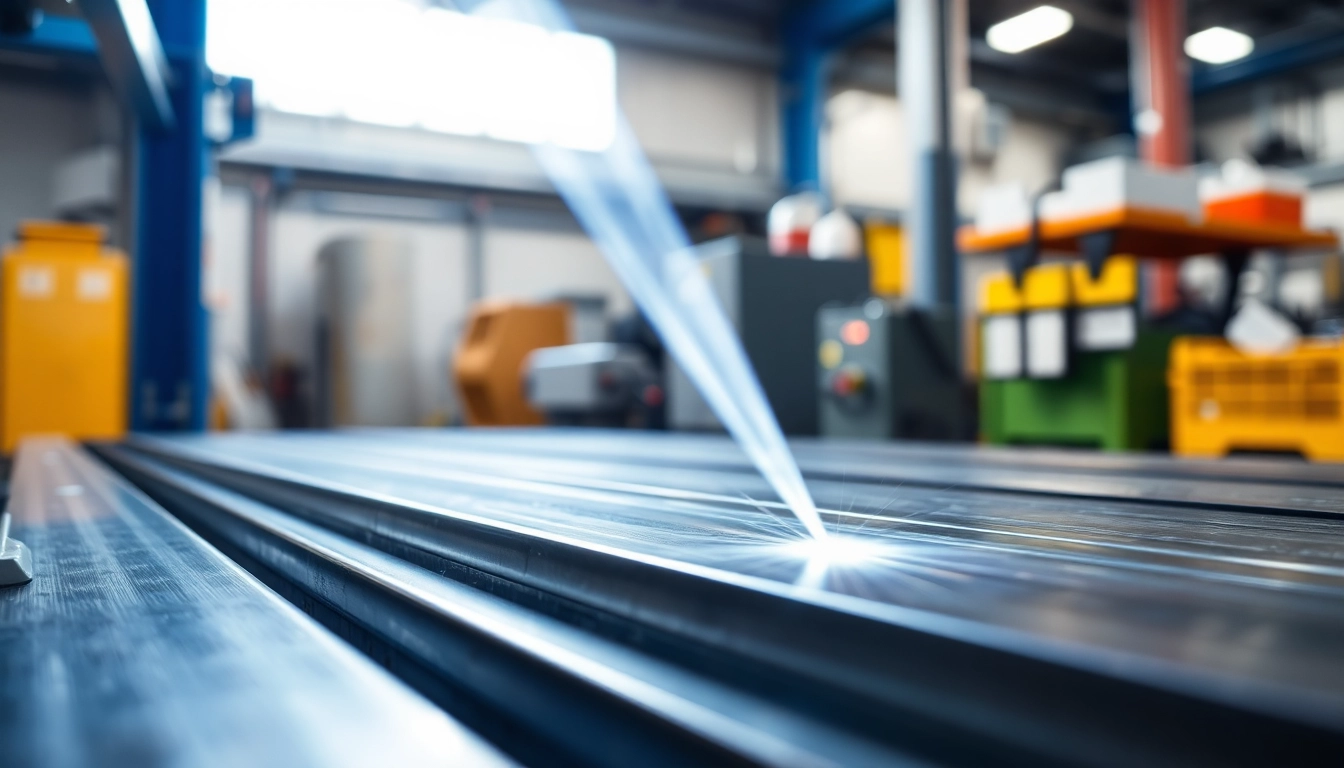
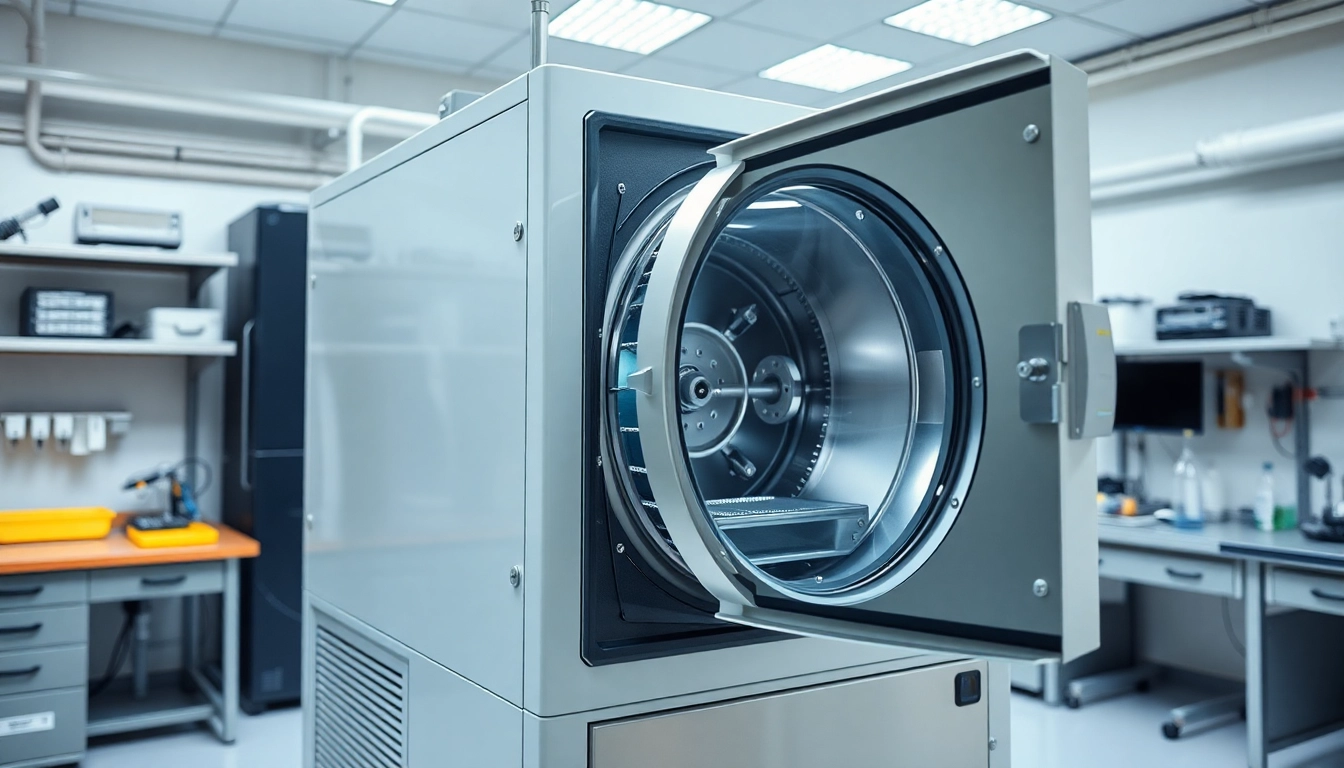
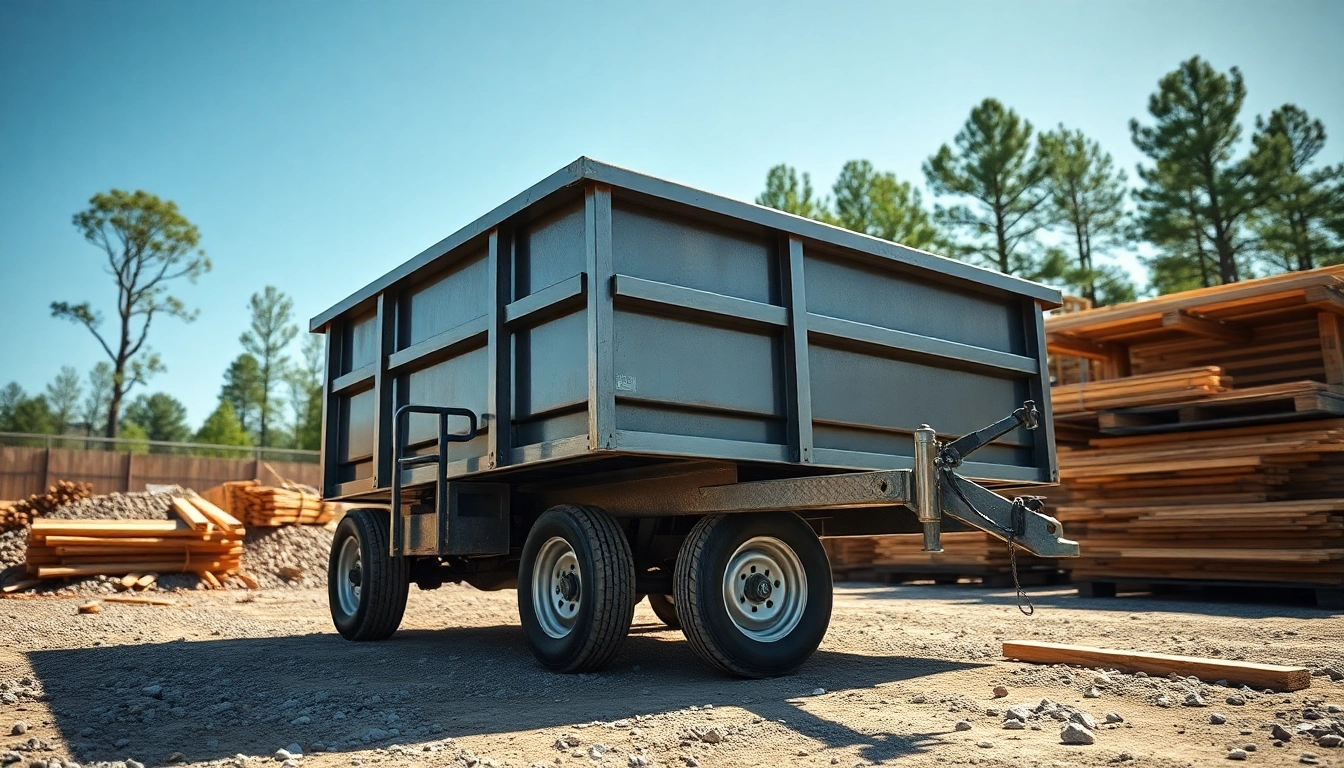



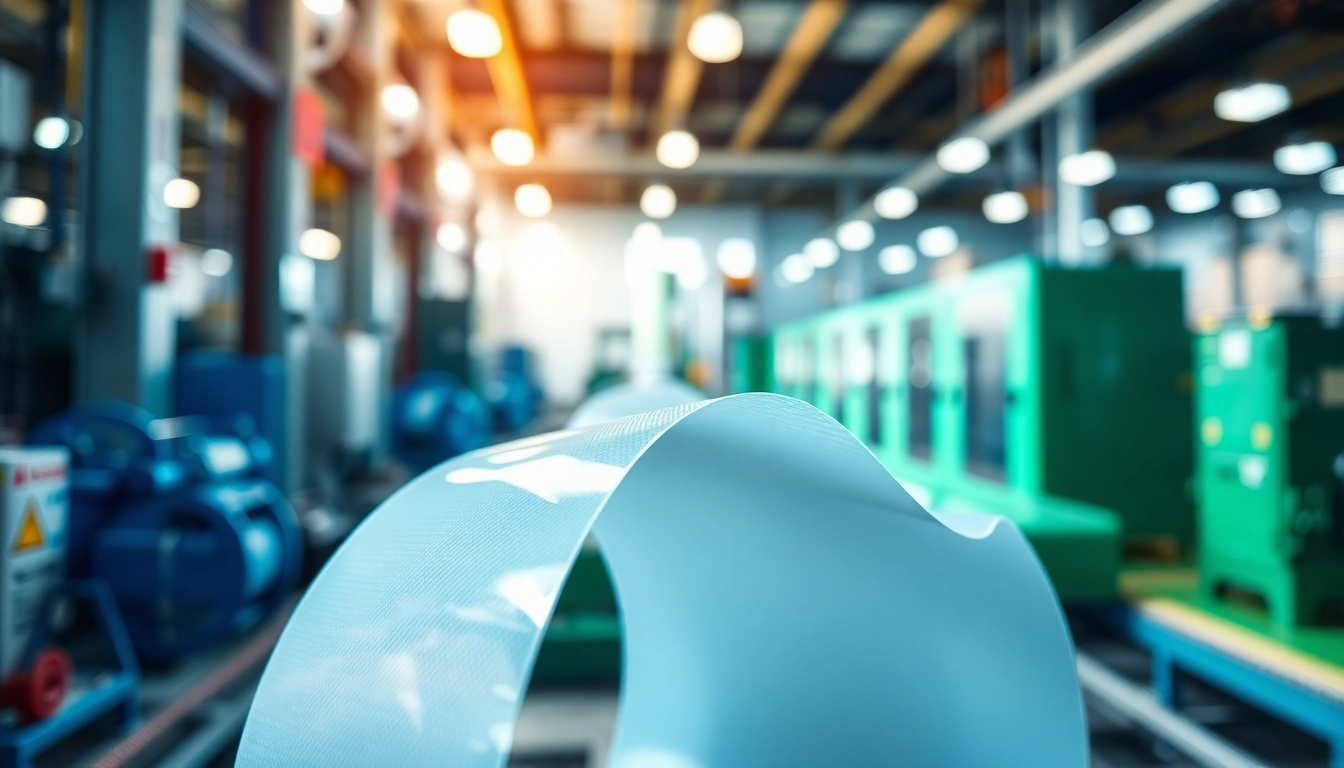

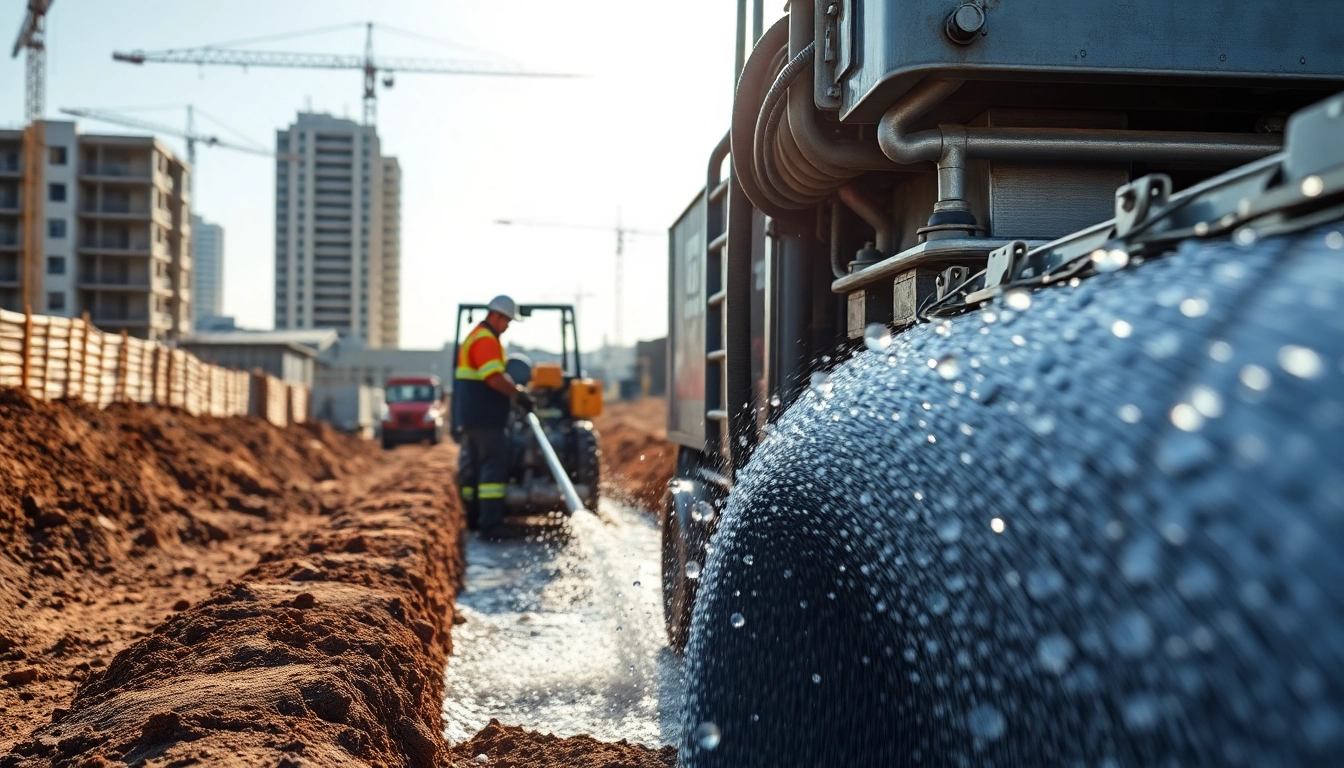






Leave a Reply